We fishermen use incredible technology. Lightweight tubular rods, finely machined reels, strong, thin, invisible lines, it goes on and on.
A dehooker is a simple device, a piece of wire with a hook or loop on one end and a handle on the other. It can be easily overlooked among all the other more impressive tools you have. Don’t overlook the dehooker. It does more for your safety and the fish’s post-release survival than almost any other tool you have.
A dehooker is easy to use. You simply get the hook/loop on the dehooker on the fishhook’s bend, then flip the hook upside down. Gravity now works to pull the fish off of your hook. If the fish is at all reluctant, a shake or two almost always does the trick. This video will show you how it’s done.
I’ve watched fisherman catch dink trout after dink trout, grabbing them with a towel, unhooking, and then releasing them. Bad for the fish, this removes their layer of protective slime, making them susceptible to infection.
When a catfish or stingray is caught, grabbing it with a towel, or a bare hand, is at best a risky proposition. With the dehooker handling any fish you don’t want to touch, including said dink trout, ladyfish, crevalle, sharks, etc., is completely unnecessary.
Where I work in Alaska we do lots of catch and release fishing. Most of my colleagues net the fish (not good for the fish) and bring it in the boat. There it beats itself against the metal deck until the guide can get a pair of pliers on the hook and dislodge it. Then he’s got to pick the fish up and put it back in the water. Lots of handling, lots of trauma, all unnecessary.
I just get the dehooker on the hook, flip it upside down, and give a shake. The fish never comes out of the water and my fisherman is back in business almost immediately. Much better for the released fish, too!
There are several companies making dehookers. If you have rudimentary skills with tools it’s pretty easy to make one yourself. All of them work on lip-hooked fish. When the hook is down in the esophagus though, the ARC Dehooker is the best one.
My favorite one, which I believe is longer available, is the XTools Dehooker. It has a built-in float so if it gets pulled out of your hand, a not infrequent occurrence, it doesn’t plummet straight to the bottom.
If you use leaders lighter than 15 pound test AND you catch fish that are too big to just pick up by lifting the leader, you are going to break off some fish with the dehooker. That problem has a simple solution- use 15 pound test (or stronger) leader. Then the problem disappears.
Learn how to use a dehooker. They’re simple, inexpensive, highly effective. Every boat should have at least one.
John Kumiski
http://www.spottedtail.com
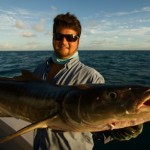
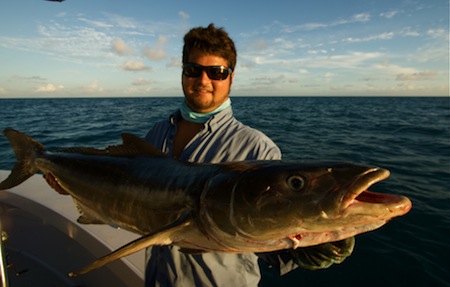

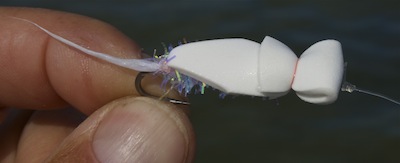
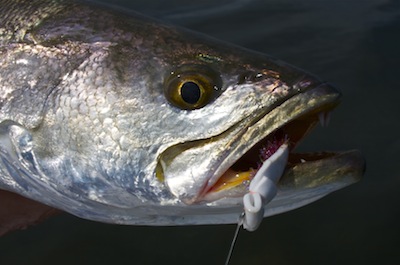
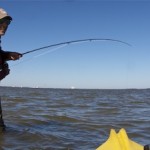
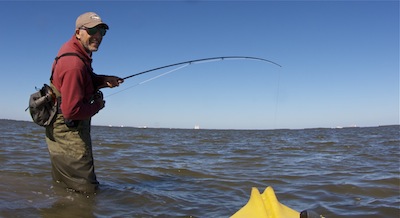
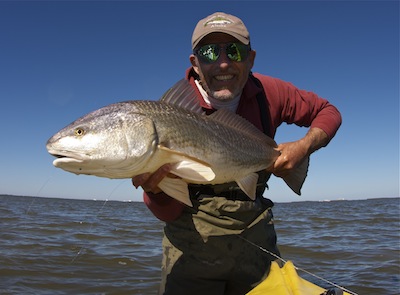
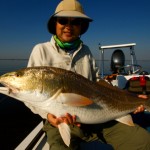
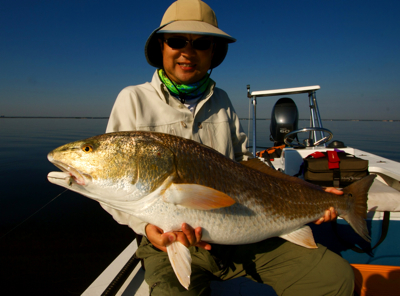
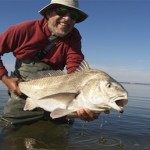
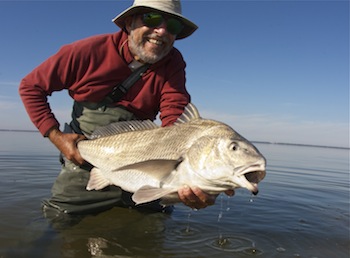
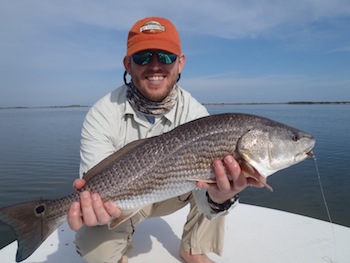
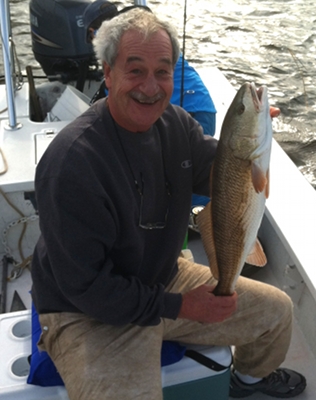

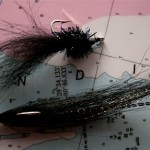
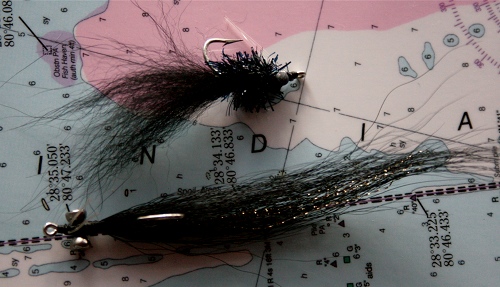
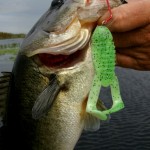
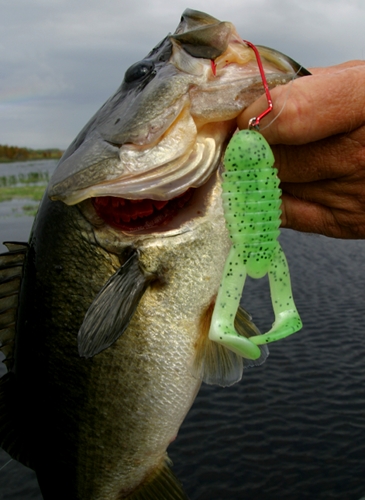
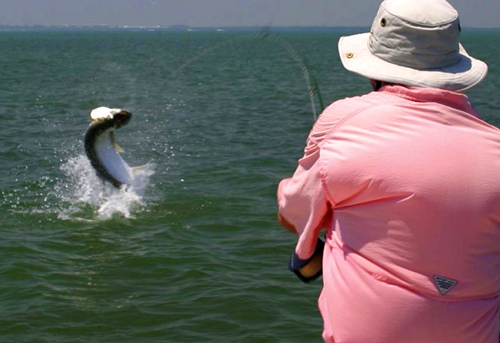
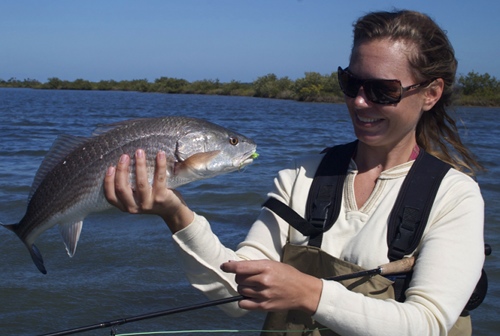
Recent Comments